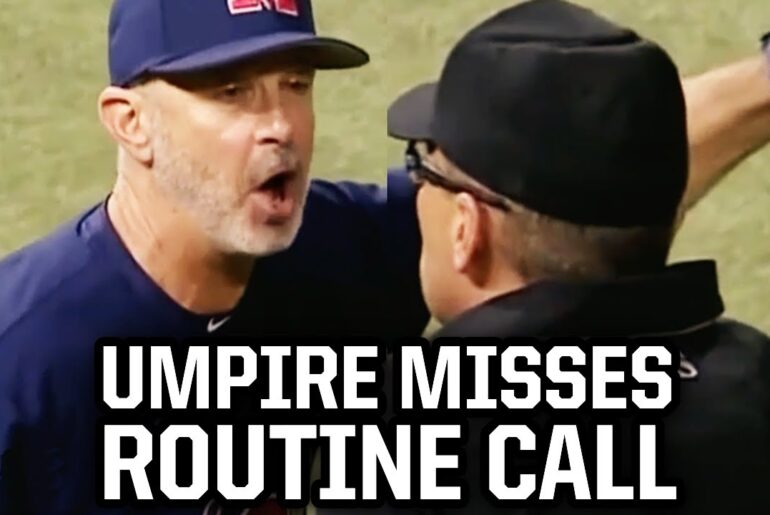In this article, we will delve into a pivotal moment in game one of the divisional series between the Texas Rangers and the Baltimore Orioles. The Rangers were clinging to a one-run lead in the bottom of the eighth inning, and Aroldis Chapman was summoned to the mound. We will break down his performance pitch by pitch and see how he managed to navigate a high-pressure situation.
Chapman’s Slider Struggles
Chapman’s entrance was met with excitement by Orioles fans as they saw an opportunity to tie the game. However, the initial pitches by Chapman did little to ease their concerns. He started with a slider that was just outside and away, resulting in a ball. He then attempted another slider outside and away, following it with a low fastball. Unfortunately, he struggled with his control and couldn’t locate the strike zone, putting the count at 3-0.
Chapman’s Attempted Comeback
With a 3-0 count, Chapman tried to recover by throwing a fastball that was once again outside and away. The Orioles’ leadoff runner had advanced to first base, and the tension in the stadium was palpable. Chapman finally managed to secure a called strike with his slider, though it was a close call that could have easily been called a ball.
The Ill-Fated Splitter
In a surprising move, Chapman decided to throw a splitter, a pitch he hadn’t used in this inning. He may have felt emboldened after that slider strike. Unfortunately, the splitter ended up as a wild pitch, bouncing in the dirt, and requiring a quick recovery by the catcher. This mistake allowed the Orioles to move their runner to second base, putting the tying run in scoring position.
The Importance of Pitch Control
Chapman’s struggles continued as he threw a low fastball, leading to a 3-1 count. It was evident that something was amiss, as he glanced at his fingers in confusion. The pitching coach conferred with the team, acknowledging the urgency of the situation. With two runners on base and no outs, it was not looking good for the Rangers.
Chapman’s Redemption
Chapman, however, managed to regain his composure and threw a 99-mile-per-hour fastball right down the middle, recording the first out. The Orioles’ potential rally was now in jeopardy. The third baseman made a fantastic scoop to start a double play, transferring the ball with precision to first base. This defensive play was a crucial turning point in the game.
The Power of the First-Pitch Strike
Chapman continued to impress by delivering a first-pitch strike with a 100-mile-per-hour fastball. He repeated the feat, sending the count to 0-2. Although he shook off one pitch, the next was another low fastball. Chapman’s mix of high-velocity fastballs and devastating sliders made it challenging for the batter to anticipate his pitches.
Conclusion
Chapman, who had initially struggled with his control, managed to escape a high-pressure situation with only two strikes. He demonstrated that sometimes, all you need are well-placed pitches to get out of a tight spot. In the end, the Texas Rangers held on to their one-run lead, thanks to Chapman’s pitching prowess. This game showcased the critical role of pitch control, composure, and the ability to adapt in the world of baseball.



